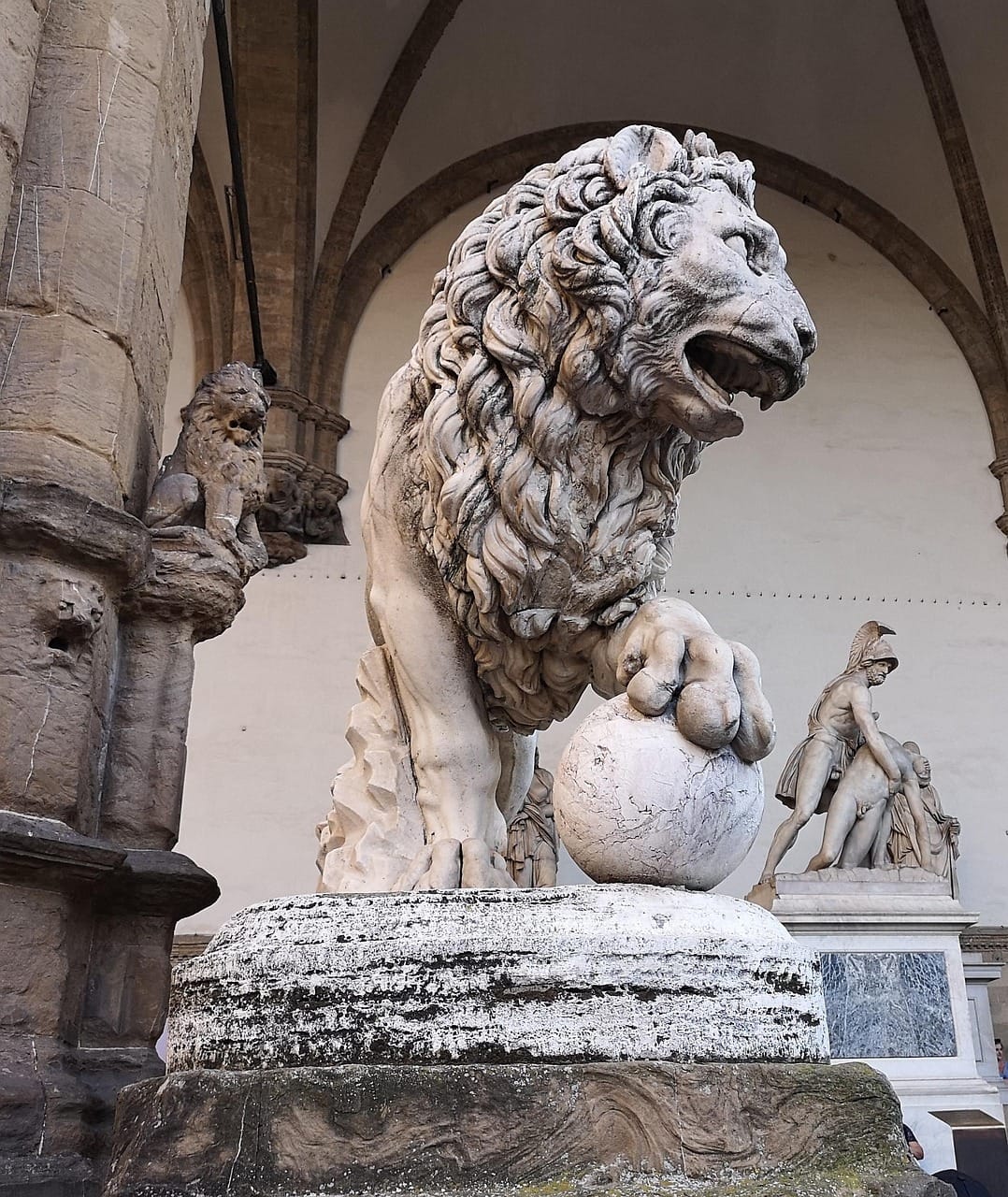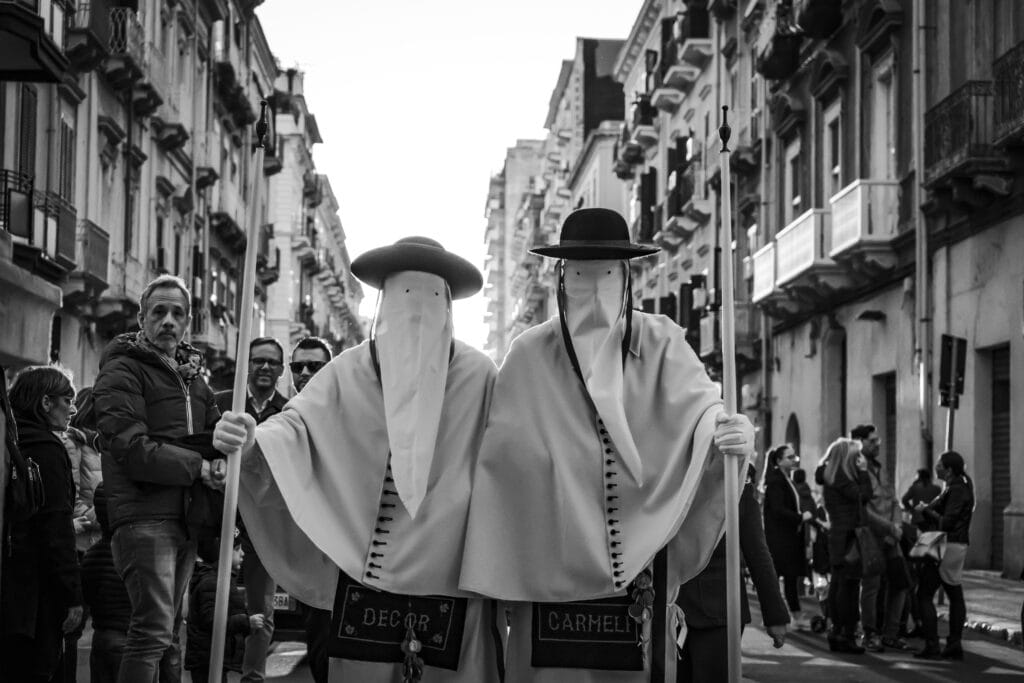

Murder in Medici Florence: A Tragic Turning Point
In the heart of Murder in Medici Florence, among the shadows of Renaissance palaces and the whispers echoing through secret corridors, a brutal tragedy unfolded that would mark the city’s destiny forever: the assassination of Alessandro de’ Medici, the first Duke of Florence, by his cousin Lorenzino de’ Medici. Was it a personal vendetta or a heroic act in the name of the lost Florentine Republic? The truth remains shrouded in mystery.
Alessandro “il Moro”: The First Duke of Florence
Alessandro, often called “il Moro” due to his dark complexion, was the illegitimate son of Giulio de’ Medici—who later became Pope Clement VII—and a servant woman of African descent. In 1532, he was appointed Duke of Florence, becoming the first to hold the hereditary title.
Despite his noble rank, Alessandro’s rule quickly became known for absolutism, corruption, and personal excess. His oppressive behavior alienated both aristocrats and citizens, generating deep resentment and unrest among those who remembered the values of the Florentine Republic.
The Outsider: Lorenzino de’ Medici
Lorenzino, born to Pierfrancesco de’ Medici and Maria Soderini, belonged to a less powerful branch of the Medici family. His early life was marked by hardship and humiliation. Yet, through wit and cunning, he managed to gain the trust of Alessandro, becoming part of his inner circle.
However, behind his polished appearance, Lorenzino harbored hatred for the duke. He saw in Alessandro not a ruler, but a tyrant crushing the liberty of Florence. As tensions grew, he began to see himself as the avenger of Republican ideals—or perhaps simply a man seizing his chance at revenge and power.
Murder in Medici Florence: The Night of Betrayal
On the night of January 6, 1537, during the celebrations of the Epiphany, Lorenzino lured Alessandro to his residence under the pretense of arranging a romantic meeting. Once isolated, Alessandro fell into an ambush.
With the aid of his loyal servant Piero di Giovannabate, known as Scoronconcolo, Lorenzino attacked. Alessandro fought back, biting Lorenzino’s finger in a desperate struggle, but in the end, he was killed by repeated strikes from both dagger and sword. The crime sent shockwaves through Florence.
Immediately after, Lorenzino fled the city, first to Bologna and then to Venice, hoping to find support among Florentine exiles and Republican sympathizers.
A Failed Dream of Liberty
Contrary to his hopes, the murder did not spark an uprising or a return to the Florentine Republic. Instead, Cosimo I de’ Medici, a distant cousin, took power and quickly consolidated control. He proved to be a far more effective and calculating ruler than Alessandro.
Lorenzino became a fugitive. In 1548, more than a decade later, he was assassinated in Venice by two hitmen believed to have been sent by the Holy Roman Emperor Charles V, husband of Alessandro’s widow, Margaret of Austria.
Murder in Medici Florence: Legacy of a Killer
Even today, historians debate the true motives of Lorenzino. Was he a Republican martyr, a Florentine Brutus, or just an opportunistic assassin trying to rewrite history in his favor? While his act ended the main line of the Medici family, it also opened the door to the long rule of the Cosimo branch, turning Florence into a strong duchy under Medici control.
This bloody episode—Murder in Medici Florence—stands as a crucial turning point. It highlights the turbulence of power, identity, and betrayal in one of the most fascinating cities of the Renaissance.
Want to Know More?
To explore this pivotal moment in Florence’s history and visit the sites where these events unfolded, check out:
- 🏛 Museo di Palazzo Medici Riccardi: Discover Medici history where it all began.
- 📚 Treccani Encyclopedia – Lorenzino de’ Medici: A scholarly Italian article on Lorenzino’s life.
- 🗺 Florence Free Walking Tours: Walk the very streets where these events occurred and learn the hidden stories of the Medici.



